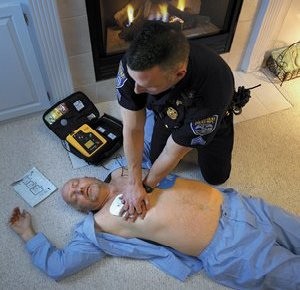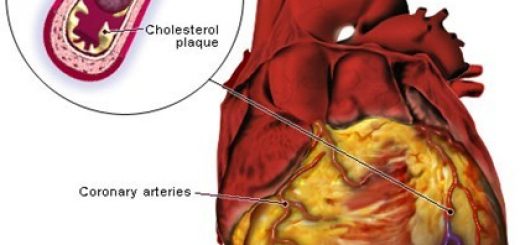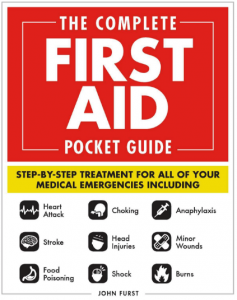How does a defibrillator work?

When a patient collapses from a sudden cardiac arrest, the heart goes into a state called fibrillation where its normal rhythm is lost. The heart is no longer able to pump blood around the body.
In order to bring back its natural rhythm, you have to administer a powerful electrical shock using a defibrillator. As its name “defibrillator” implies, the shock is designed to stop the heart from ‘fibrillating’.
There are a few different types of defibrillators which you should be aware of:
Automated External Defibrillator (AED)
An AED, or Automated External Defibrillator, is a lightweight, portable and battery operated device that is easy to use on a patient. Note that although advisable, you do not need prior training to use an AED and you can use one in an emergency situation by following the machine’s instructions. You can take a free online AED training class to find out more about AEDs.
The electrodes (sticky pads) have sensors that are to be attached to the victim’s chest. The electrodes will send the victim’s heart rhythm information on the computer screen of the AED. The computer will evaluate the heart rhythm and determine whether a shock will be required in a certain situation. If you need to administer a shock, the AED will let you know when and the sticky pads will deliver the shock as needed.
Manual defibrillators
These are the ones you normally see on TV. The units involve handheld paddles with electrodes that are applied to the person’s chest. This device isn’t automated and doctors, paramedics or nurses have to determine whether defibrillation is need and what level of shock and energy should be used.
Internal defibrillators
For patients suffering from regular heart rhythm problems, an internal defibrillator is implanted into a chest – like a pacemaker. It can also be worn on the skin under clothes. Internal defibrillators monitor the patient’s heart rhythm constantly and deliver shocks when required.





